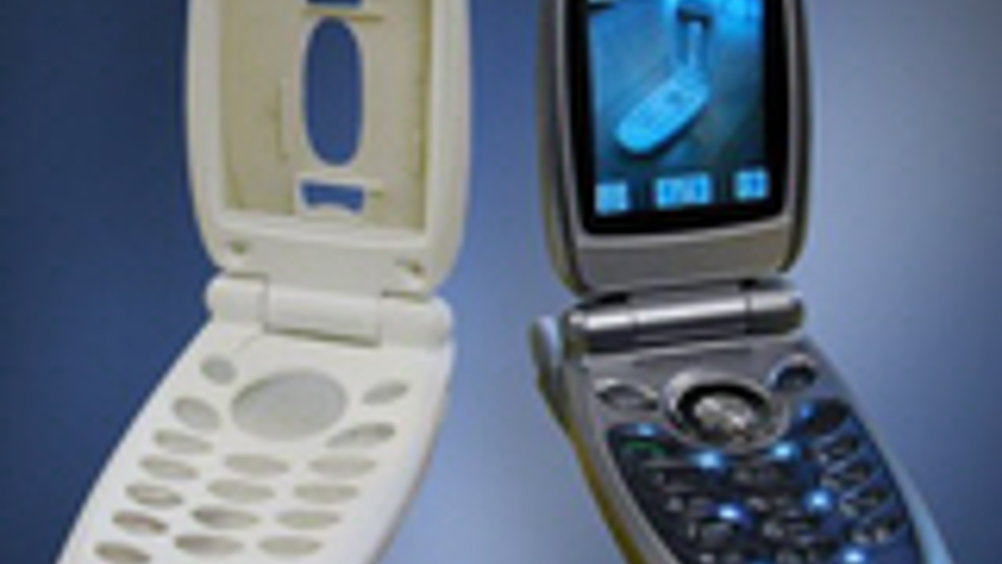Phone build time slashed by a third
By introducing stereolithography composite resins to its production line, UK company MNL has cut prototype build times of Panasonic's camera phone by 30%. Dean Palmer reports

By introducing stereolithography composite resins to its production line, UK company MNL has cut prototype build times of Panasonic's camera phone by 30%. Dean Palmer reports
By introducing a new composite resin to its production line, Warwickshire-based company Malcolm Nicholls (MNL) has cut prototype build times of Panasonic's new X70 camera phone by almost a third.
The resin is a DSM Somos 9120 ProtoFunctional resin which gives MNL the part flexibility it needs. The clam shell for the mobile phone assembly utilised snap fittings and, since functional testing was required, these needed to reliably withstand repeated clipping and unclipping.
Richard Haines, design engineer for Panasonic Mobile Development Communications of Europe, explained: "We needed the prototypes for trial assembly to carry out over packing detection and to test fit mock-up PCBs [printed circuit boards]. We also used them to carry out RF testing to ensure that the case and the components functioned correctly. These trials required us to open up each clam shell several times, thoroughly testing the integrity of the clip fastening."
Ross Nicholls, technical director at MNL, said that, in order to meet Panasonic's delivery schedule, MNL had to build multiple masters simultaneously in the 9120 resin to be used directly for evaluation. "Some resins we have worked with are very brittle and have caused serious problems for the workshop. The simple act of removing supports from a model could result in it being damaged, which would then require repair or actual rebuilding of the SL [stereolithography] master," he added.
Nicholls said that with the new resin, part breakage has now been virtually eliminated. "We've achieved around 30% reduction in build times on our SL machine through faster resin reaction times, combined with zero pre-dip delay and zero Z-wait periods. Furthermore, we've found that 9120 is very process tolerant so, for example, we can increase hatch spacing and simplify support positioning without reducing model quality."
For multiples of parts, MNL uses the SL master to create a silicone mould. Nicholls expects further benefits from the properties of 9120: "We find that, depending on the shape of the model, it is possible to reuse the master to create additional moulds. The brittle resin we used in the past would result in the master shattering during demoulding. Furthermore, we find that 9120 does not distort during the curing process required for silicone moulds, which can reach temperatures of 60°C."
Following successful trials of Somos 9100 in 2000, MNL was the first rapid prototyping service bureau in Europe to specify the material for all its SL models. The firm has now upgraded to 9120 to coincide with the upgrade of the laser on its SLA 500/40 machine (supplied by 3D Systems) from argon ion to solid state in 2002.









